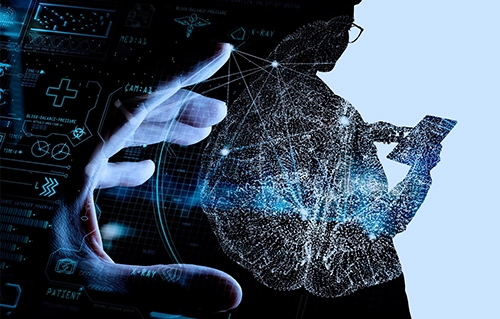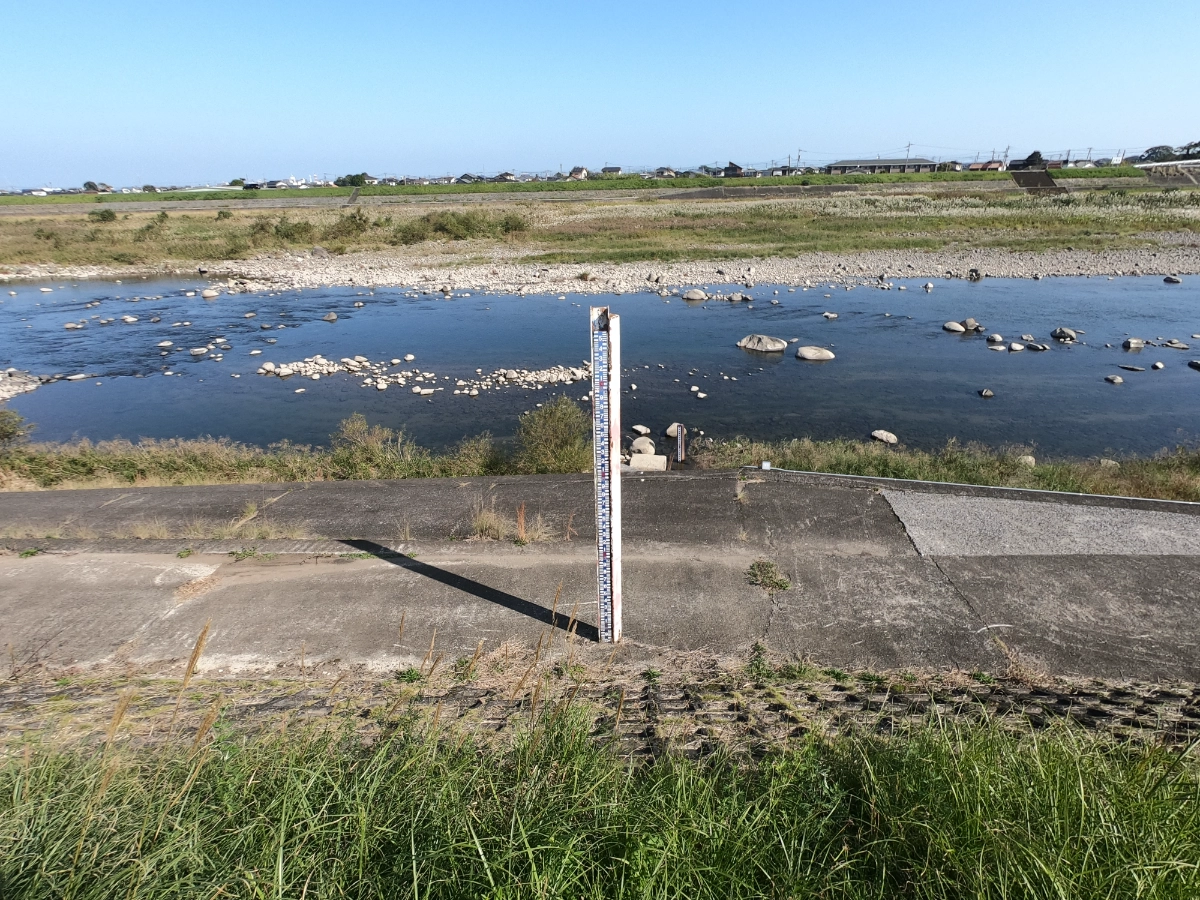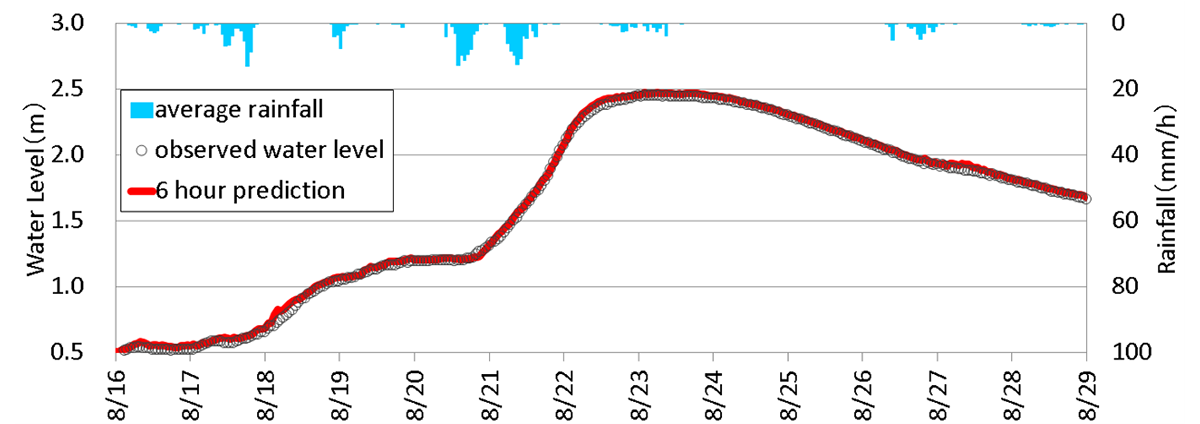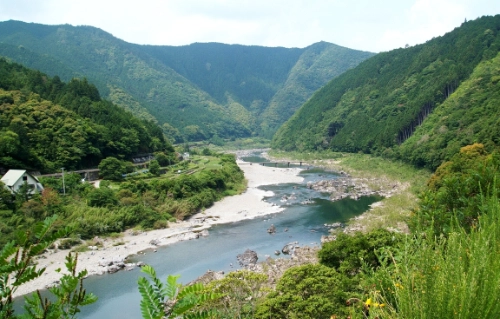Predicting Unexperienced Floods by Deep Learning Utilizing AI Technology for Water and Landslide Disaster Prevention
Release:
Update:
NEW

CHALLENGE
Increase in Unprecedented Disasters

In Japan, conventional flood forecasting systems in operation on first-grade rivers nationwide do not always provide accurate forecasts due to insufficient information, and in some cases, cannot be used to help residents make quick evacuation decisions.
In addition, it has been difficult to improve prediction accuracy and to predict floods better than learning data due to the limited amount of acquired data for predicting runoff from rainfall. To address this issue, Nippon Koei has been developing a river level prediction technology using artificial intelligence (AI).
SOLUTION
River Water Level Prediction Model using AI Technology

In recent years, the development of artificial intelligence (AI) has been remarkable, and technological innovation has been rapidly advancing, especially with the emergence of a new learning method called deep learning.
Since 2015, Nippon Koei (NK) has been developing a method for predicting river water levels using this deep learning method and has been working to improve its accuracy.
Highly accurate models have been achieved by reflecting the knowledge and experience in hydrology and river engineering that Nippon Koei engineers have cultivated to date in the model structure and learning process of deep learning.
In addition, NK has been working on the development of advanced technologies such as a method to compensate for the vulnerability to physical characteristics, which is an issue of statistical models in general, by combining deep learning models and runoff models.
Through these efforts, we will work to improve the applicability of the prediction system to unprecedented floods, to small and medium-sized urban rivers, which are considered difficult to predict, and to forecasts that combine image recognition technology and radar observations.
To improve convenience, we are also working to incorporate self-learning functions into neural network flood forecasting and thereby simplifying maintenance.
RESULT
Application to Floods of Unexpected Magnitude

We validated the developed deep learning model with the Abashiri River floods in the Hokkaido-Tohoku rain disaster in 2016 and the Takahashi River floods in the West Japan rain disaster in 2018.
Training on the deep learning model was focused on historical flood data (the top 16 floods from 1998 to July 2016 for the Abashiri River and the top 22 floods from 2002 to 2017 for the Takahashi River), and successfully simulated floods of an unprecedented scale that were not in the training data.
In the future, NK will continue to improve AI technology for water and landslide disaster prevention to meet the needs of society, as well as work on further technological development by utilizing the rapidly developing advanced technology of AI.




